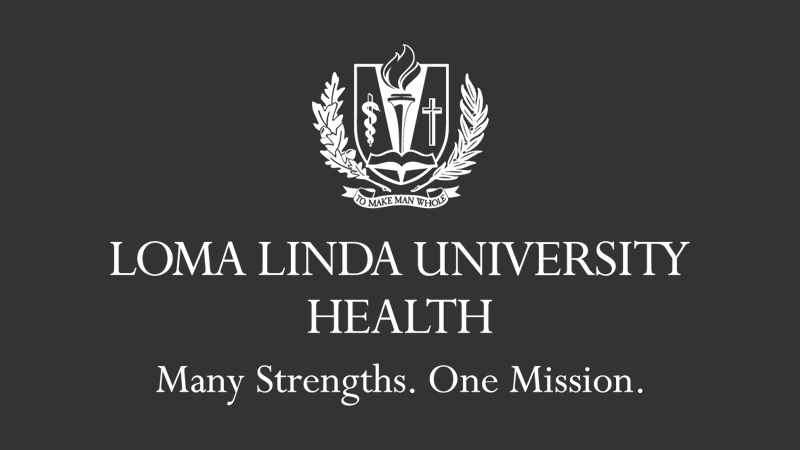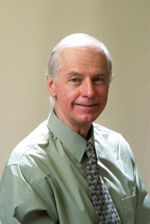
Whether it's a Zumba class, kickboxing, or going outside for a jog, aerobic exercise has several health benefits, including reducing the risk of diabetes. If you’re middle-aged and overweight you can reduce your risk of diabetes by simply exercising. Patricia Kelikani Patricia Kelikani, Health Journalist (Co-host): Whether it’s a Zumba class, kickboxing, or going outside for a jog, aerobic exercise has several health benefits, including reducing the risk of diabetes. Dr. Mark Reeves, Surgical Oncologist (Co-host): Obesity affects one-third of the adult population in the United States and can lead to a host of health problems including diabetes type 2. Obesity affects one-third of the adult population in the United States and can lead to a host of health problems including type 2 diabetes. Dr. Mark Reeves KELIKANI: Dr. Hessinger and his colleagues studied a local running club during their 6-month long marathon-training program. What they found is in the untrained group of both males and females there was an increase in a protein called adiponectin. So there’s good news if you’re middle-aged and overweight you can reduce your risk of diabetes by simply exercising. Dr. David Hessinger, Professor of Physiology and Pharmacology: That pretty much agreed with what was already there in the literature. The difference for us was two-fold. One, we used middle-aged subjects, instead of college-aged, and, two, most of the studies in the literature were done with athletes. What we found is over the course of that six months, there was this progressive increase. KELIKANI: What are the tips for today? Incorporate aerobic exercise, like running, walking, or biking, at least 5 times a week for 30 minutes. Incorporate aerobic exercise, like running, walking or biking, at least five times a week for 30 minutes. Patricia Kelikani DR. REEVES: What we eat is important as well. KELIKANI: Make a conscious effort to limit rich desserts and fast foods. And go for a more balanced, natural diet with fiber. DR. HESSINGER: It makes you feel good, when you’re finished. It feels very good when you stop. It’s related to the endorphins that are produced, naturally, in response to the continued challenge you put on the body. I think walking, even, is a good exercise. It’s aerobic. Almost everybody can do that. DR. REEVES: There’s your tip for the day... KELIKANI: On how you can live healthier, longer.
Reseacher Biography
Dr. David Hessinger earned a B.A. in Zoology from Kenyon College (Gambier, Ohio) and a PhD in Cell and Molecular Biology from the University of Miami (Coral Gables, Florida). After completing two postdoctoral research fellowships at the University of Miami and the University of California, Irvine, he accepted a faculty position at the University of South Florida in Tampa, Florida and then later came to Loma Linda University as a tenured member of the Department of Physiology and Pharmacology. At LLU he pioneered research on the control of feeding behavior in clonal sea anemones, which included a cover story in Science magazine.
As a self-described, life-long, avocational runner and member of the Loma Linda Lopers running club, Dr. Hessinger, along with colleague runner, Dr. Penny Duerksen-Hughes, and endocrinologist Dr. Tony Firek, compared the effects of a 6-month regimen of progressive marathon training on blood adiponectin levels in conditioned and non-conditioned male and female runners. Adiponectin is a hormone produced by belly fat that protects against insulin resistance and promotes blood vessel health. Their findings showed that female runners increase adiponectin levels in proportion to how long they have trained train, where as males show only a modest increase with training that does not increase with further training. These results were published in Scand. J. Clin. Lab. Invest. 71:101-107, 2011 and Med Res Arch, 2: Jan, Online ISSN:2375-1924, 2015.










